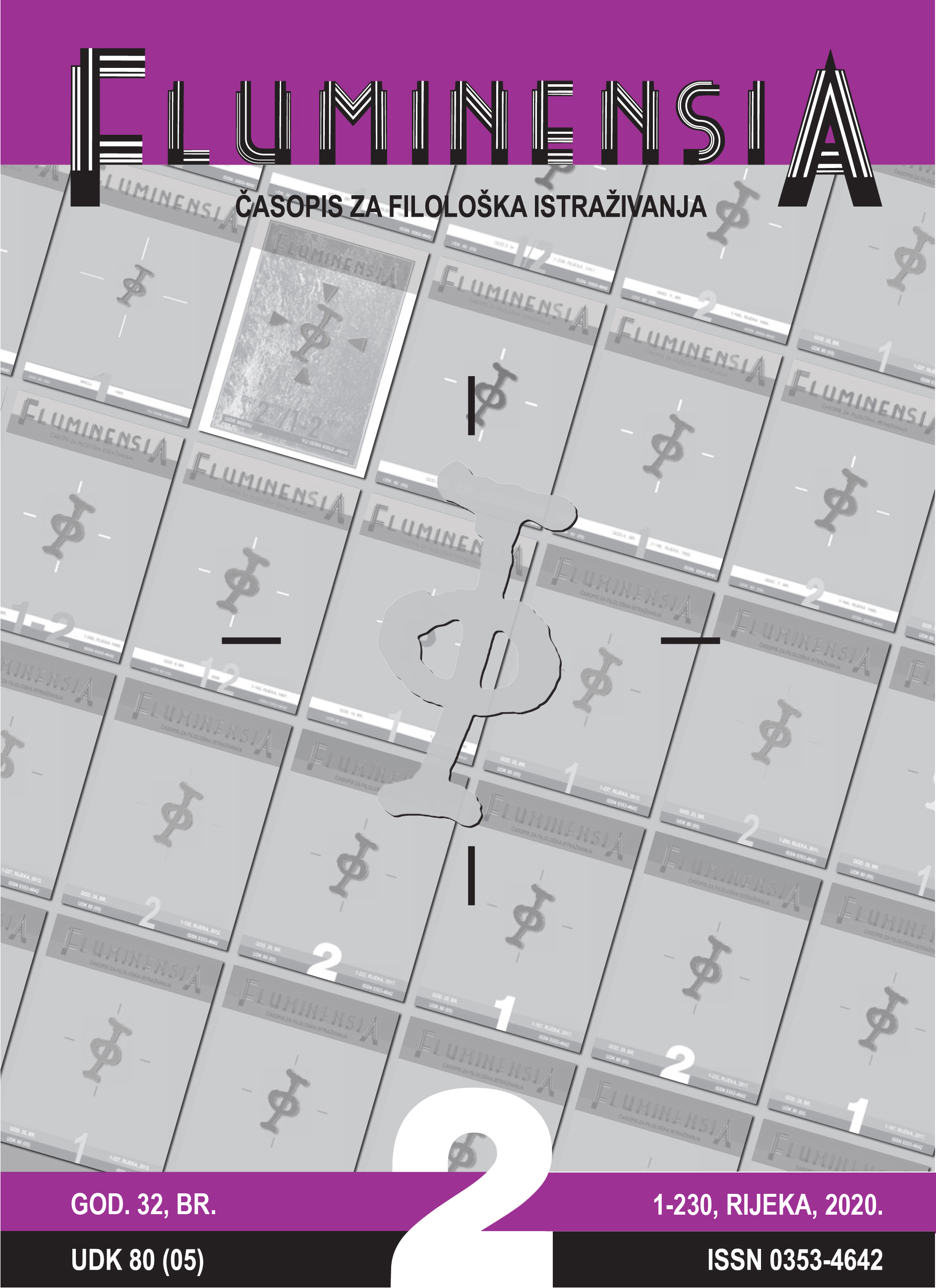STYLISTIC DEVICES AS A MEANS OF FASHIONING THE CHARACTER OF THE IDEAL BYZANTINE EMPEROR: AN EXAMPLE FROM PORPHYROGENITUS' VITA BASILII
Keywords:
Vita Basilii, Basil I the Macedonian, Michael III the Drunkard, stylistic figures and tropes, fashioning of charactersAbstract
The work Vita Basilii, preserved within the literary corpus of the Byzantine Emperor Constantine VII Porphyrogenitus (913–959), is a panegyric composed in honour of the founder of the Macedonian dynasty, Porphyrogenitus’ grandfather Basil I (867–886). Considering the fact that the work is of political nature and as such includes propaganda, and that it was imperative that Basil be exculpated for his role in the assassination of the Emperor Michael III (842–867), the author aims to depict Basil as the ideal Byzantine emperor, and Michael as a poor ruler who deserved death due to his irrational behaviour. In this paper, the role of stylistic means in the characterization of Basil and Michael is analysed. While a high level of stylistic embellishment in this type of literary genre is to be expected and its primary role is to heighten rhetorical stylization and affective tension, it can be concluded, on the basis of selected examples from this work, that in a large number of cases it is the author’s aim to use certain stylistic figures and tropes so that Basil, despite the dark circumstances surrounding his rise to power, is depicted as the “saviour” of the Byzantine Empire after Michael’s poor rulership, and Michael as the primary guilty party in his own death. Basil is attributed positive characteristics such as prudence, righteousness, mercy and piety, while Michael is depicted as an emperor who irrationally spends public funds on horse races, drinking binges and feasts, dishonours holy rituals and murders innocents. In the fashioning of Basil’s character, Porphyrogenitus often uses exempla as literary devices (the mother of Persian King Cyrus, Achilles, the hundred-armed giant Briareus, the benevolent father from the parable of the Prodigal Son), and also uses other figures, such as hyperbaton, homoeoteleuton, paromoeosis, synonymy, paronomasia, etc. Figures which are too artificial for frequent use and ruin the beauty of the style, such as homoeoteleuton with extreme matching (rimes), or some figures of thought (exclamation, rhetorical questions) by means of which the author’s own emotions and personal admiration of Basil are demonstrated, are found less frequently in the work. In the fashioning of Michael’s character, among selected stylistic figures, synonymy dominates (“folly and madness”, “witless and mad”, “derangement and madness”, etc.). Research has also revealed that a higher level of stylistic expression in comparison to the rest of the work is found in certain chapters, such as those in which more significant episodes from Basil’s life are depicted (his mother’s dreams as a herald of Basil’s glory, Basil’s departure to Constantinople and his coronation as a co-ruler, tragic family circumstances – the death of his eldest son, Constantine, and his dispute with his son Leo), Basil’s virtues (the description of the Emperor’s reforms and his concern for the common good) and portions of the reports on Michael’s rulership in which his indecent behaviour is highlighted.

